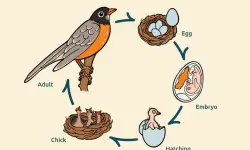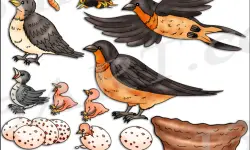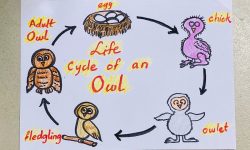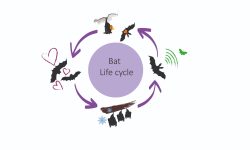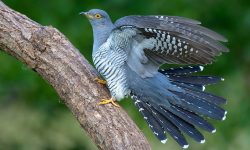Ohio’s skies are more than just a canvas for songbirds and hawks—they’re also patrolled by the dark, circling silhouettes of vultures. These scavengers, often misunderstood, play a crucial role in the ecosystem. From forest edges to wide open farmland, Ohio is home to seven species of vultures and vulture-like birds that clean up the natural world with grace, stealth, and surprising beauty.
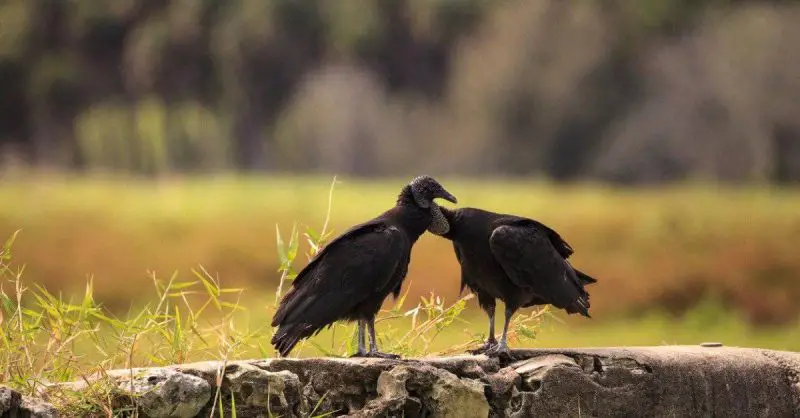
Why Vultures Matter in Ohio
Often mistaken for grim omens or uninvited guests, vultures are in fact ecological heroes. They prevent the spread of disease by consuming carrion, recycle nutrients back into the environment, and maintain balance in the food web. In Ohio, their presence is not just common—it’s essential.
The 2 True Vultures of Ohio
Ohio is home to two true vultures from the New World vulture family (Cathartidae): the Turkey Vulture and the Black Vulture. These are the only native vultures, but other large raptors often join them in aerial cleanup crews.
1. Turkey Vulture (Cathartes aura) – The Silent Sentinel of the Sky
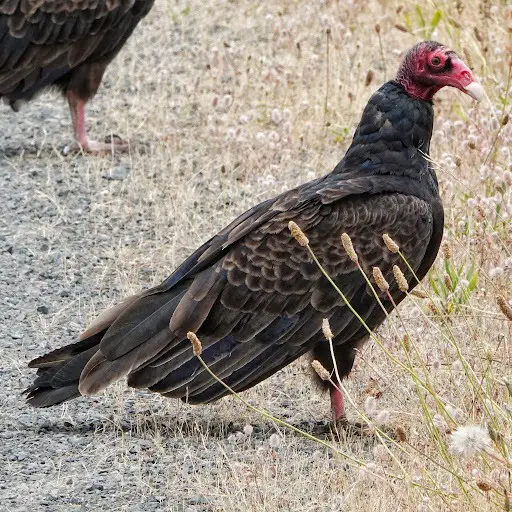
There’s something eerie yet majestic about the way a Turkey Vulture glides across an Ohio sky. With wings outstretched like sails, it barely flaps—riding invisible thermals with effortless grace. As the most widespread vulture in North America, this red-headed scavenger is a familiar and vital part of Ohio’s natural world.
How to Recognize One
-
Look for a large, dark-brown bird with a wingspan up to six feet
-
The bright red, featherless head in adults gives it a striking profile; juveniles have grayish heads
-
From below, note the two-toned wings—dark with silvery flight feathers
-
They soar in a distinctive V-shaped glide, wobbling slightly as they ride the breeze
A Nose for the Dead
Unlike most birds, the Turkey Vulture has a highly developed sense of smell. It can detect the faintest scent of decay from hundreds of feet in the air. Whether cruising over farmland or circling over a roadside, it’s always on the hunt—not for prey, but for nature’s leftovers.
Turkey Vultures are surprisingly shy and almost never make a sound. You won’t hear them coming. But on warm afternoons, if you glance up, chances are you’ll see them—ghosting silently across the sky.
Where and When to Spot Them
-
Year-round residents in southern and central Ohio
-
Breeding visitors in the north, arriving with spring and lingering into fall
2. Black Vulture (Coragyps atratus) – The Bold Urban Forager
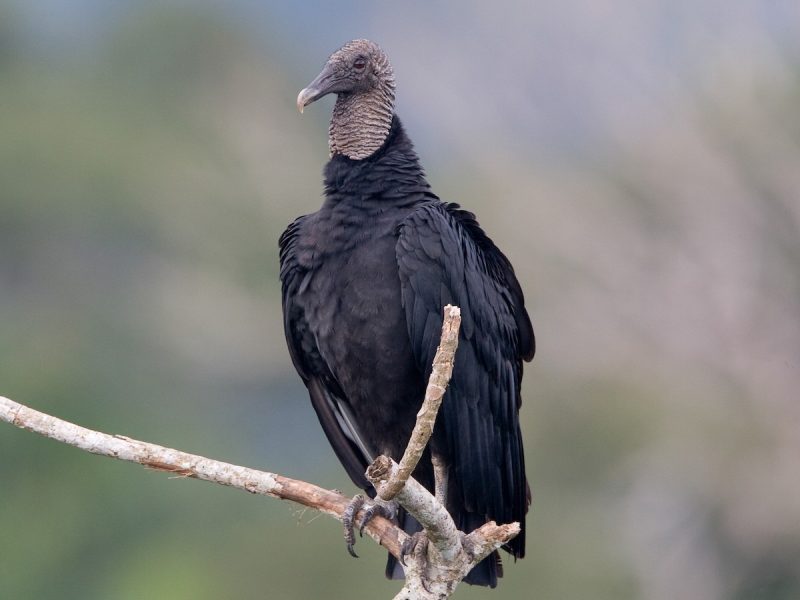
Stockier, darker, and far more assertive, the Black Vulture is the Turkey Vulture’s edgier cousin. Once rare in Ohio, it’s now moving north with confidence—staking its claim in farmlands, suburbs, and city edges alike. If the Turkey Vulture is graceful, the Black Vulture is relentless.
How to Recognize One
-
All-black body with a stout frame and broad wings
-
Grayish-black bald head, wrinkled and reptilian up close
-
From underneath, note the distinctive white wingtips near the ends of the primaries
-
Flies with more frequent wing flapping, giving it a more laborious but determined look in the air
A Scavenger With Street Smarts
Unlike its cousin, the Black Vulture lacks a strong sense of smell. But what it doesn’t sniff out, it makes up for with intelligence and teamwork. These birds often follow Turkey Vultures to carrion and take over with sheer numbers and aggression.
They’re highly social, gathering in noisy, curious flocks that aren’t afraid to inspect dumpsters, roadkill, or even freshly born livestock—much to the dismay of farmers. With adaptability and boldness on their side, they’re thriving in Ohio’s expanding human landscape.
Where and When to Spot Them
-
Once mostly southern, they’re now increasingly common year-round in southern and western Ohio
-
Sightings are rising in central Ohio, especially near urban edges, landfills, and farmyards.
5 Vulture-Like Birds Often Mistaken as Vultures in Ohio
While only two species are true vultures, several other large soaring birds in Ohio share similar habits or silhouettes. They’re often confused with vultures due to size, flight style, or scavenging behavior.
3. Bald Eagle (Haliaeetus leucocephalus) – The Regal Opportunist
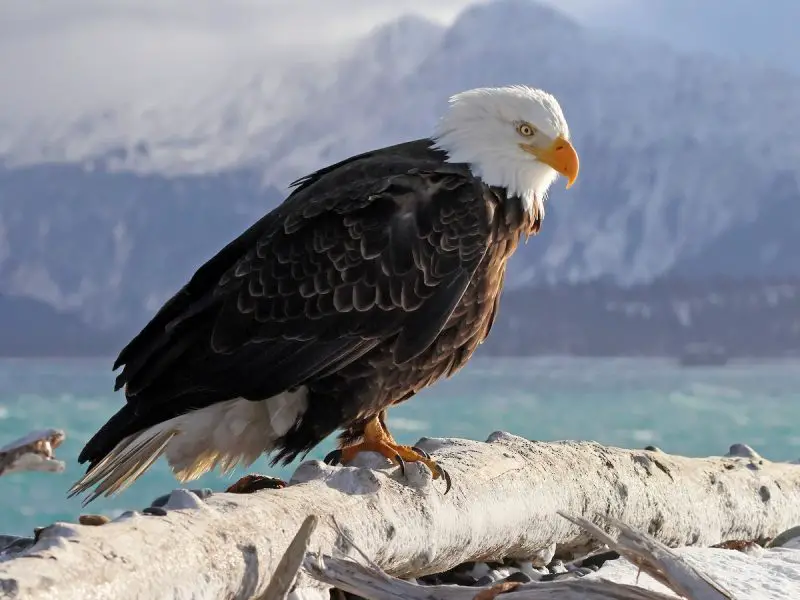
Few sights in nature rival the majesty of a Bald Eagle soaring across an open Ohio sky. While best known for catching fish with razor-sharp talons, this national symbol is also a scavenger at heart. It won’t pass up an easy meal—including carrion.
A Vulture in Disguise?
With its broad wings, dark plumage, and steady soaring, an immature Bald Eagle can easily be mistaken for a Turkey Vulture from afar. It isn’t until they’re around five years old that they gain the iconic white head and tail that makes them unmistakable.
Where and When to See Them
-
Found year-round near large rivers and lakes, including Lake Erie and the Ohio River
-
Peak sightings in winter, when frozen waters concentrate fish and carrion
-
Nesting occurs in early spring, often in towering trees near water
4. Golden Eagle (Aquila chrysaetos) – The Wild Phantom
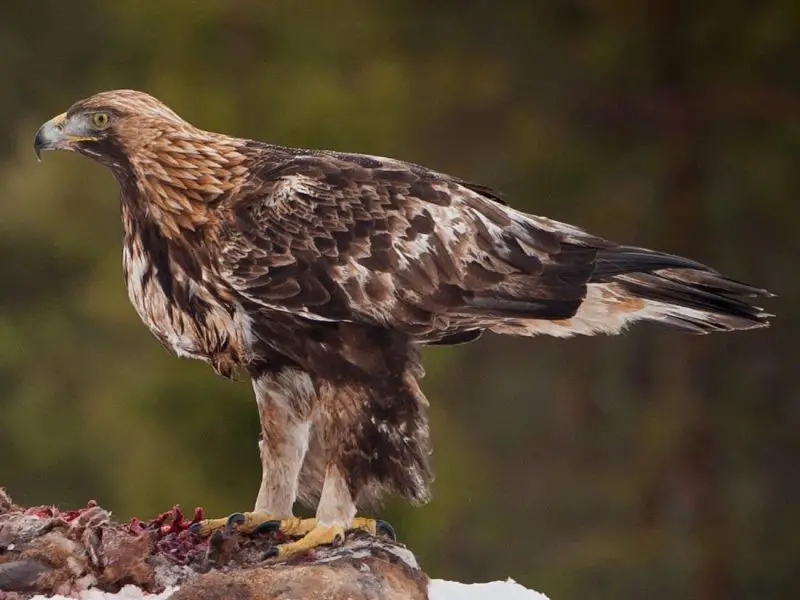
Less familiar but no less magnificent, the Golden Eagle is a rare migrant in Ohio—powerful, stealthy, and built for speed. These eagles usually hunt live prey like rabbits and ground squirrels, but will scavenge when food is scarce.
Vulture-Like Look
With its dark brown body and massive wingspan, the Golden Eagle glides with a commanding presence that evokes the silhouette of a large vulture. But look closer: its golden crown and nape shimmer in sunlight, and its flight is tighter, more controlled.
Where and When to See Them
-
Most often spotted during fall and winter migration
-
Favored habitat includes open country, ridgelines, and grasslands in eastern and southern Ohio
5. Red-tailed Hawk (Buteo jamaicensis) – The Everyday Giant
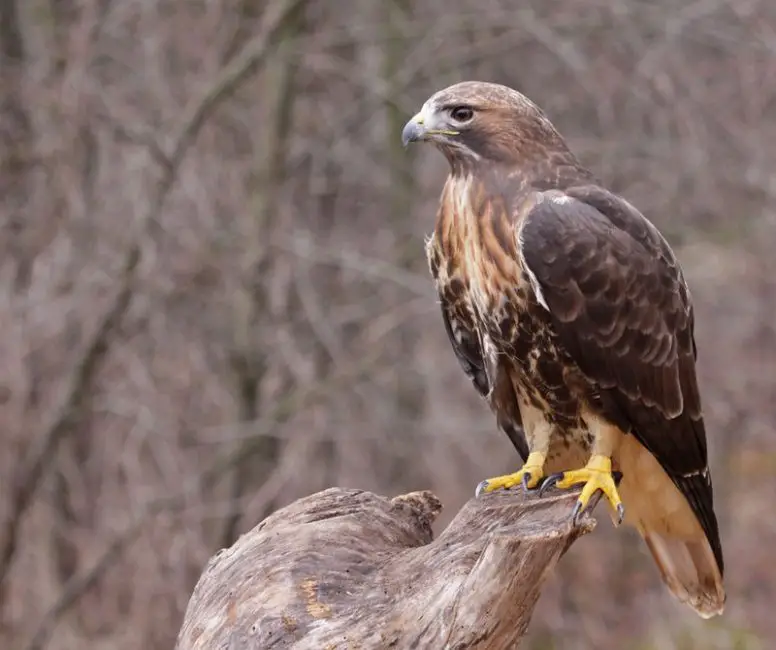
This is Ohio’s most common raptor—and yet it never loses its power to impress. The Red-tailed Hawk is a master of patience, soaring above highways and cornfields or perched high in trees, scanning for prey.
A Master of the Skies
Its broad wings and slow, circling flight sometimes resemble a vulture from below. But a flash of that rusty red tail reveals its true identity. Though primarily a predator, it won’t refuse roadkill or a free meal.
Where and When to See Them
-
Found year-round across Ohio
-
Thrives in farmlands, woodlands, suburbs, and even city parks
-
Seen frequently perched along highways or drifting on wind currents
6. Osprey (Pandion haliaetus) – The Fisher of the Skies
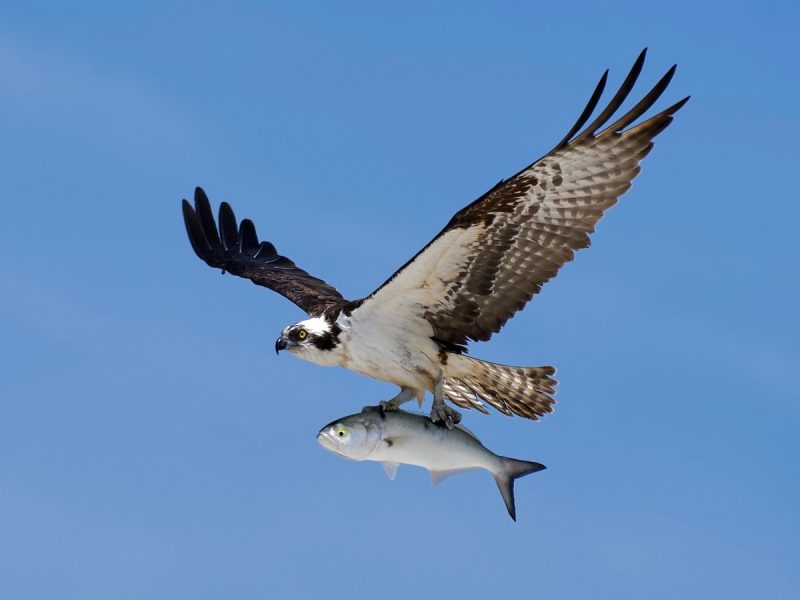
Sleek, precise, and powerful, the Osprey is Ohio’s aerial angler. While it doesn’t scavenge like a vulture, its long, angular wings and black-and-white plumage can trick the eye—especially when seen at a distance.
Flight Style Confusion
From below, an Osprey’s dark wrist patches and light belly can briefly mimic a Turkey Vulture’s two-toned wings. But rather than circling lazily, it dives with force—plunging into water feet-first to snatch fish with curved talons.
Where and When to See Them
-
Most common in spring and summer
-
Favors inland reservoirs, large rivers, and Lake Erie’s coastline
-
Builds massive stick nests on poles, trees, or artificial platforms near water
7. Northern Harrier (Circus hudsonius) – The Marshland Ghost
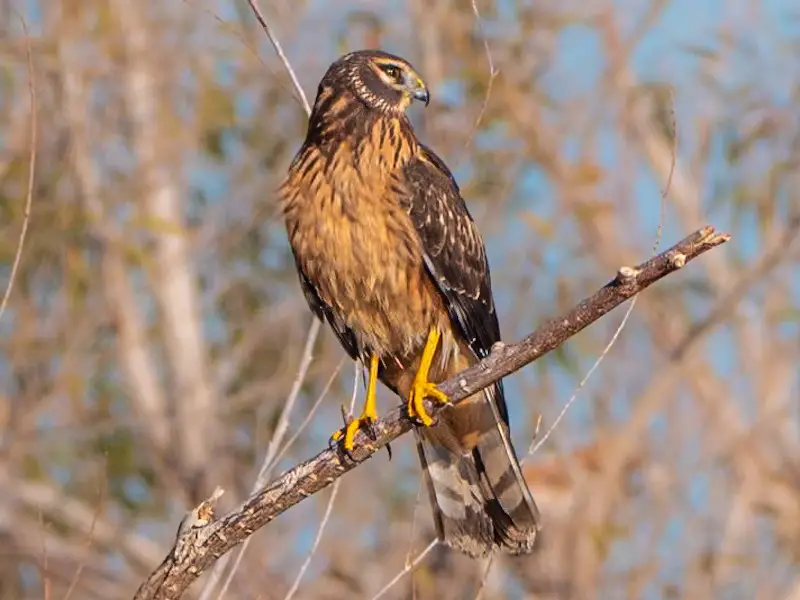
Haunting low over grasslands and wetlands, the Northern Harrier is a raptor with a unique flight style that often reminds birdwatchers of vultures. But unlike vultures, harriers hunt with keen eyesight and owl-like hearing.
Why They Resemble Vultures
Their long wings and buoyant, gliding motion—paired with a tendency to fly close to the ground—can resemble a smaller vulture. Females and juveniles are brown; males are silvery-gray and known as “gray ghosts”.
Where and When to See Them
-
Most visible during migration and winter, especially in open marshes and fields
-
Frequently seen at places like Killdeer Plains Wildlife Area or Ottawa National Wildlife Refuge
Where to Watch Vultures in Ohio
Ohio offers excellent vulture-watching opportunities across its diverse landscapes:
Best Locations
-
Hocking Hills: Rugged terrain ideal for Turkey Vultures
-
Caesar Creek & Salt Fork State Parks: Prime roosting sites
-
Wayne National Forest: Expanding range of Black Vultures
-
Killdeer Plains Wildlife Area: Wintering ground for Bald and Golden Eagles
Tips for Observation
-
Visit during late morning to early afternoon when thermals are strongest
-
Bring binoculars to observe flight posture, wing color, and tail shape
-
Look near roadsides, landfills, and open fields—natural cleanup zones
Vultures in Myth and Modern Ecology
Though often shrouded in superstition, vultures are nothing short of ecological gold. In many cultures, they are symbols of renewal and purification—creatures that transform death into life.
In the modern world, their role is scientifically indispensable. By rapidly removing dead animals, vultures reduce disease spread, control pests, and support a healthy environment.
Ohio’s vultures, whether native or visiting, are not grim reapers—they’re guardians of the land.
Conclusion: Celebrate Ohio’s Skybound Scavengers
From the graceful Turkey Vulture to the bold Black Vulture and their larger, misunderstood cousins, these birds remind us that nature’s beauty often lies in the unexpected. Look up, and you might catch a glimpse of their wide, silent wings as they ride the wind—part of a living system that’s older than civilization itself.
In Ohio, vultures don’t just soar—they serve. They clean, balance, and endure. And they do it with an elegance that deserves our respect.

